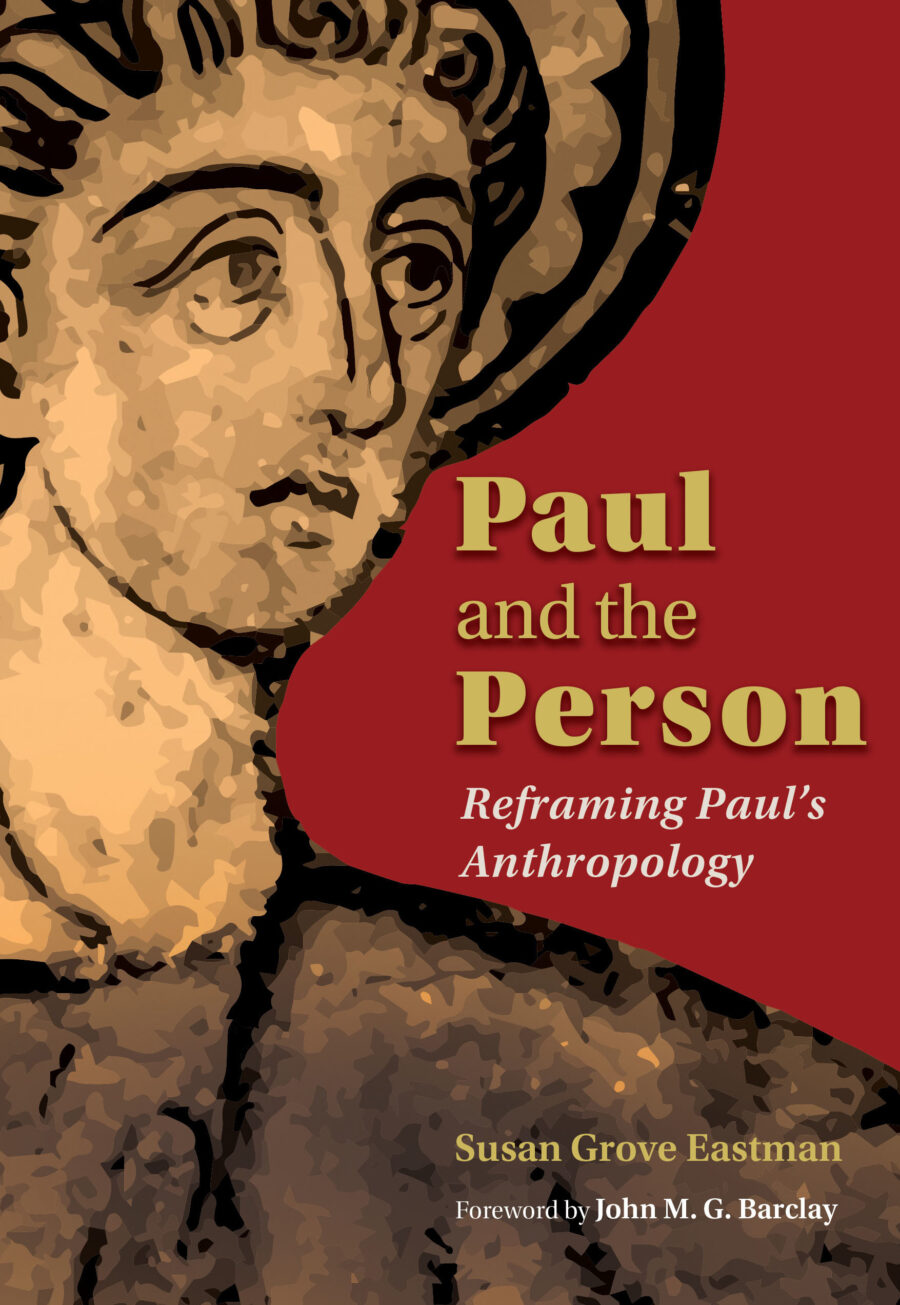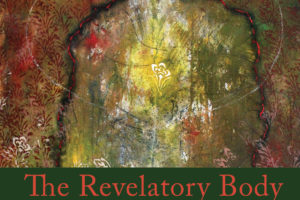Reading through Susan Eastman’s wonderful little study Paul and the Person over Christmas break has afforded me a chance to re-examine the kind of anthropology Paul takes for granted in his first letter to the Corinthians. The task of reevaluating traditional concepts of anthropology as a whole is enjoying something of a moment in biblical studies (e.g., the Los Angeles Theology Conference just concluded their annual meeting this weekend covering the theme of Theological Anthropology). It’s worth remembering that Paul looks at the world and human beings vastly different than most people do today. Understanding Paul’s cosmology and his anthropology as best we can means setting aside our own cobbled, anthropological maps (whether postmodern, Cartesian, or otherwise) in order to grapple with the concepts and logic of ancient notions of speaking about humanity and its integrated environment.
A major feature of Susan Eastman’s project strives to shift thinking of the human self away from regarding the self as a freestanding, stable core, separable from its body, and one that perdures with time and circumstances; in its place, Eastman limns a Pauline anthropology ordered around a relational self — embodied and embedded in its surrounding world and formed within a decidedly relational matrix. “There is no freestanding ‘self’ in Paul’s letters … Paul’s anthropology is participatory all the way down.” [Eastman, 9].
Participatory All The Way Down
The anthropological threads traceable in 1 Corinthians appear to confirm this claim with remarkable consistency. No discussion of persons in this letter ever assumes individuals as standing on their own, but rather in vital attachment to another. It is telling that even the Corinthians themselves lay great store in the identity or imprimatur of their respective leaders (whether Paul, or Apollos, or Peter, or Christ himself). To the extent that patron-benefaction provides a helpful background to some of Paul’s instructions on leaders and factions (e.g., the proposals offered by Bruce Winter among others), this would also confirm the complex inter-relatedness of persons in shaping personal identity, function, and the well-being of the various individuals at Corinth. Other examples of this matrix of personal inter-relatedness can be found all throughout the letter. Sexual intercourse with a prostitute has far-reaching consequences for the members of the church, and impacts their spiritual union with Christ (1 Cor 6:16–17). A believing spouse can somehow make holy an unbelieving spouse and child. The Lord’s Supper is in some important sense “not the Lord’s Supper” unless it is done appropriately, with all the members waiting for the other. Even the appearance of women is said to concern the angels. All the members of the Corinthian church are to act as members of one body. Paul sums this up well when he says, “You are not your own” (6:19).
Made for Fellowship with Jesus
It has often been claimed that the “thesis statement” of 1 Corinthians, if there can be said to be one, is found in 1:10 with its appeal that there be “no divisions” among them, being united in the same mind and the same judgment. If we must conceive of Paul’s letter bearing a thesis (insofar as a governing idea that brings the themes of 1 Corinthians together), I propose we find it just one verse earlier:
“God is faithful, by whom you were called into the fellowship of his Son, Jesus Christ our Lord” (1 Cor 1:9).
If the chief problem with the churches at Corinth was indeed a fracture among many levels (as the best of the historical reconstructions in Corinth have offered in varying configurations), the solution was not simply a matter of a peaceable reconciliation, nor an equalization of assets, nor political cohesiveness. The matter, for Paul, was more fundamentally Christological. “Is Christ divided?” he asks. The implied answer is obvious and the logic throughout the letter follows accordingly: if they are called to fellowship with this indivisible Christ, and if they are members of the one body of Christ, having received one baptism, and having received the water of one Spirit (12:12–13), then their current divisive behavior cannot simply be understood as merely a poor recommendation for the gospel to outsiders. It is, further, conduct destructive to the very body of Christ in Corinth (as it would also be the case in any of the churches everywhere who call upon the name of the Lord (1:2)). The immoral brother in chapter 5 is cast out so that the leaven of one does not spoil the whole batch. The consequences of one act of immorality can unite “the members of Christ” with a prostitute (6:15). Members of this body stand and fall together. And so, “let all things be done for building up” (14:26), or even better, “let everything you do be done in love (16:14).
The Disabled Exceptional Self and the Needful Body
Getting closer to Paul’s own way of thinking about the person is important, if only, that we do not impose modern conceptions of the self inappropriately back onto Paul. Of the many implications from this deserving attention, my reflections on the matter keep coming back to the issues concerning the disabled—what Luke Timothy Johnson has called, our “exceptional” ones (his welcome euphemism for disabilities and social divergences). Is a woman suffering from severe dementia later in life any less a person in such a condition than in her earlier, more alert years? Is a young boy in need of constant care by family and caregivers any less a person than were he independently able and whole by modern standards? The answers are muddy if one operates with a minimal criteria of personhood that assumes a stable, free-standing agent that stands and falls on his or her own merits and abilities. Humanity and human personhood, however, mean something far different if we view them as something that is seen in a web of interdependent relationality. Again, Susan Eastman is helpful:
“It may be impossible to discern the transforming presence of the Spirit in a dementia victim (although many times the opposite is also the case); but it is possible to see that divine presence in the love extended to her by others.”
And that is key thing to bear in mind for members of Spirit-filled churches who call upon the name of the Lord. We are not individuals standing on our own; we stand and fall together. Our lives are not simply measured by our own little pile of good deeds and character traits, but on how we live together, and how we care for and are cared for by others in our midst. Churchfolk today know enough to know that our leaders will be judged according to how they lead others, and are, therefore, (dauntingly) dependent on the outcome of the lives of others. Is it so hard to also understand that we are all likewise judged by how each of us care for others, and even better, by how the needful among us are cared for by each of us? This only makes sense when we stop thinking in terms of ourselves as free-floating individuals with a case file on “Judgment Day” that details only actions, thoughts, and events that concern the person as a singular unit. Humanity and the worth of individual persons extends beyond many of our modern ideals of what makes a person valuable, or important, or desirable, or fully human. The message of 1 Corinthians in a host of ways points to the inescapable fact that the many different members form part of one interdependent body, each one needful of the other, each one together proclaiming the Lord’s death until he comes.




Leave a Reply
Your email is safe with us.